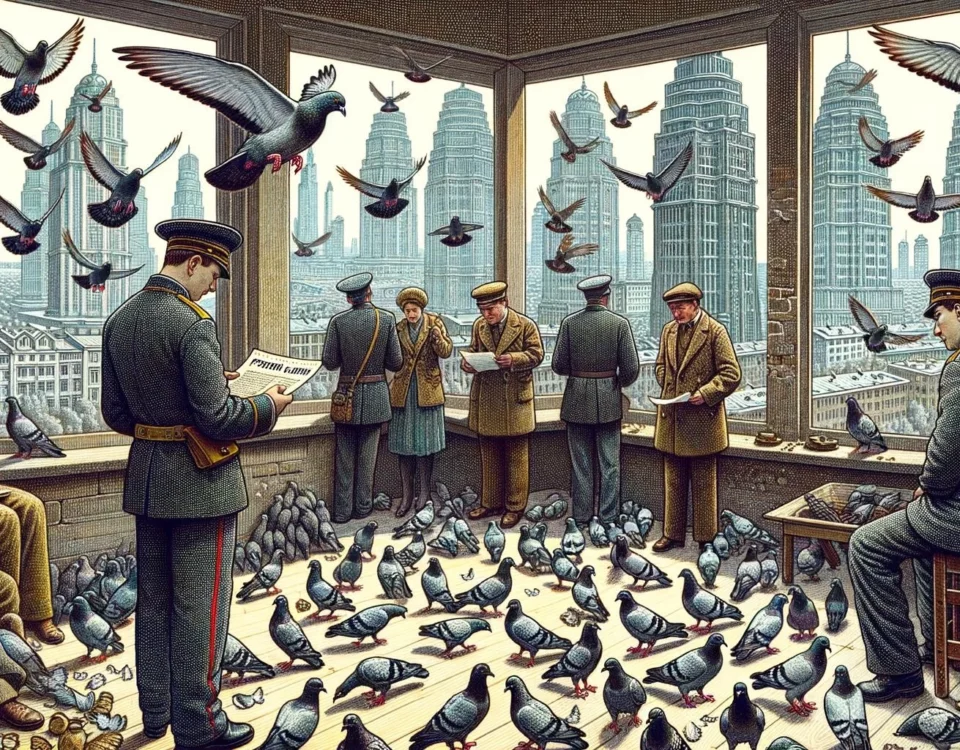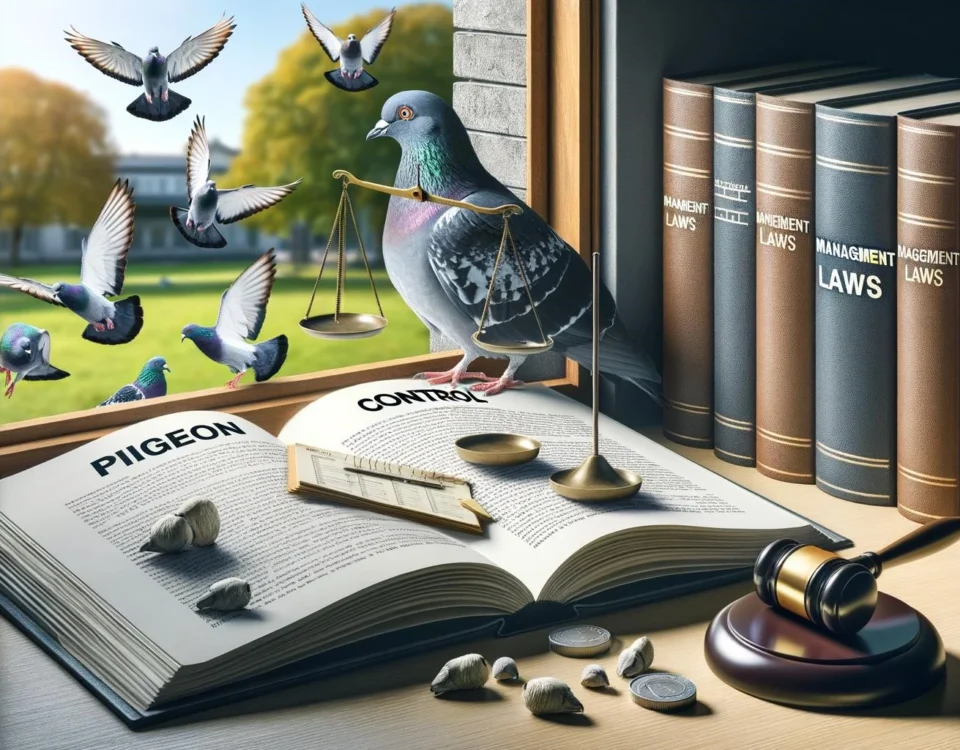Pigeons are highly adaptable birds that have become one of the most abundant urban bird species in many parts of the world due to their ability to thrive in urban environments. As urbanization continues to shape the world we live in, concerns about the interactions between humans and pigeons have arisen, leading to the development of pigeon laws and regulations. In this article, we will explore the relationship between pigeon laws and urbanization, examining the impact of urbanization on pigeon populations and the efforts to manage and control them.
Key Takeaways
- Pigeons are highly adaptable birds that thrive in urban environments due to abundant food and shelter.
- Urbanization has increased the interactions between humans and pigeons, leading to concerns about public health risks and property damage caused by pigeons.
- Pigeon laws and regulations vary across different jurisdictions, with some areas implementing measures to control pigeon populations and prevent nuisance behaviors.
- Pigeon trapping and feeding regulations are common in urban areas, and non-lethal control methods are often preferred.
- Efforts to manage pigeon populations aim to balance the need for public health and property protection with the conservation of urban biodiversity.
The Impact of Urbanization on Pigeon Populations
Urbanization has significantly altered the habitat available to pigeons, providing them with a constant source of food and shelter. As a result, pigeon populations have thrived in urban areas, where they can breed year-round and form large flocks. The adaptability of pigeons allows them to adjust their behavior, nesting locations, and foraging habits to make the most of urban environments.
However, the increasing population of pigeons in urban areas has raised concerns about public health risks and property damage. Pigeon droppings can deface buildings, monuments, and public spaces, and the accumulation of droppings can create unsanitary conditions. Additionally, there is a concern about the potential transmission of diseases carried by pigeons, such as histoplasmosis and cryptococcosis.
Pigeon Laws and Regulations
Pigeon laws and regulations are put in place to address the challenges posed by the increasing population of pigeons in urban areas. These laws and regulations vary across different jurisdictions, with each area implementing measures that best suit their specific circumstances and priorities.
Common pigeon laws and regulations in urban areas include restrictions on pigeon trapping and feeding. Trapping regulations aim to prevent the indiscriminate trapping and removal of pigeons, ensuring that any trapping activities are done responsibly and ethically. Feeding regulations, on the other hand, aim to discourage the feeding of pigeons to prevent the attraction of large flocks and the associated nuisance behaviors and property damage.
Many urban areas favor non-lethal control methods for managing pigeon populations. These methods include the installation of deterrents such as bird spikes or netting to prevent pigeons from roosting and nesting in specific areas. These measures aim to strike a balance between managing pigeon populations and protecting urban biodiversity.
Managing Pigeons in Urban Environments
Efforts to manage pigeons in urban environments focus on finding sustainable solutions that minimize harm to the birds while addressing public health and property protection concerns. Some urban areas have implemented pigeon management programs that involve community engagement and education, encouraging responsible practices such as proper waste disposal to reduce food sources for pigeons.
Furthermore, the conservation of urban biodiversity is an important consideration in pigeon management. Pigeons, despite being considered pests by some, play essential roles in urban ecosystems, such as contributing to biodiversity, seed dispersal, and nutrient cycling. Therefore, efforts are made to ensure that pigeon management practices do not have unintended negative consequences on other urban wildlife.
In conclusion, pigeon laws and regulations have emerged as a response to the challenges posed by the increasing urbanization and the thriving pigeon populations in cities. These laws aim to strike a balance between managing pigeon populations, protecting public health and property, and conserving urban biodiversity. By implementing responsible and ethical practices, it is possible to find sustainable solutions that promote harmonious coexistence between humans and pigeons in urban environments.









